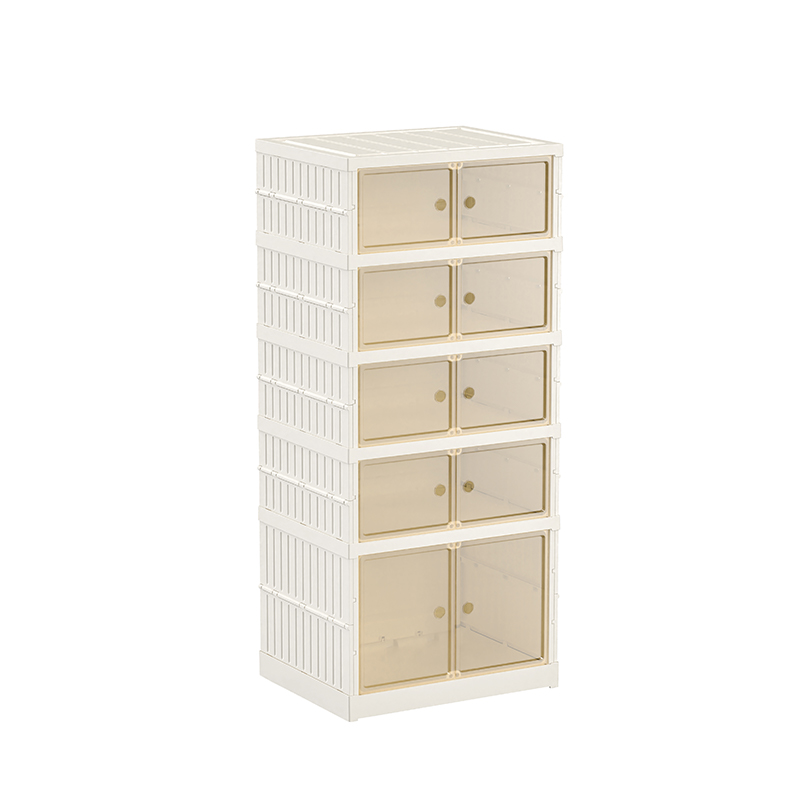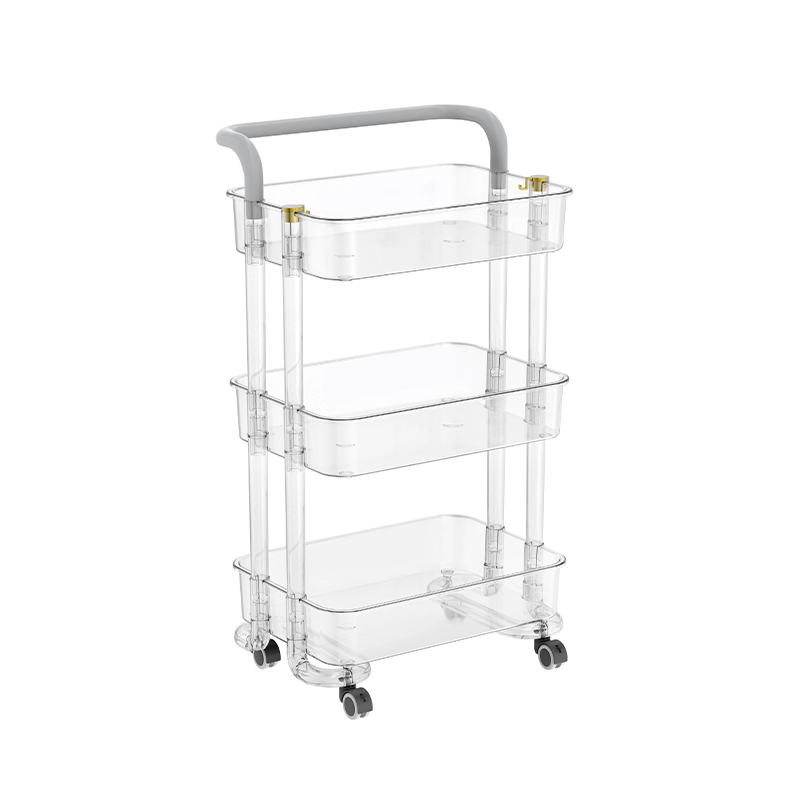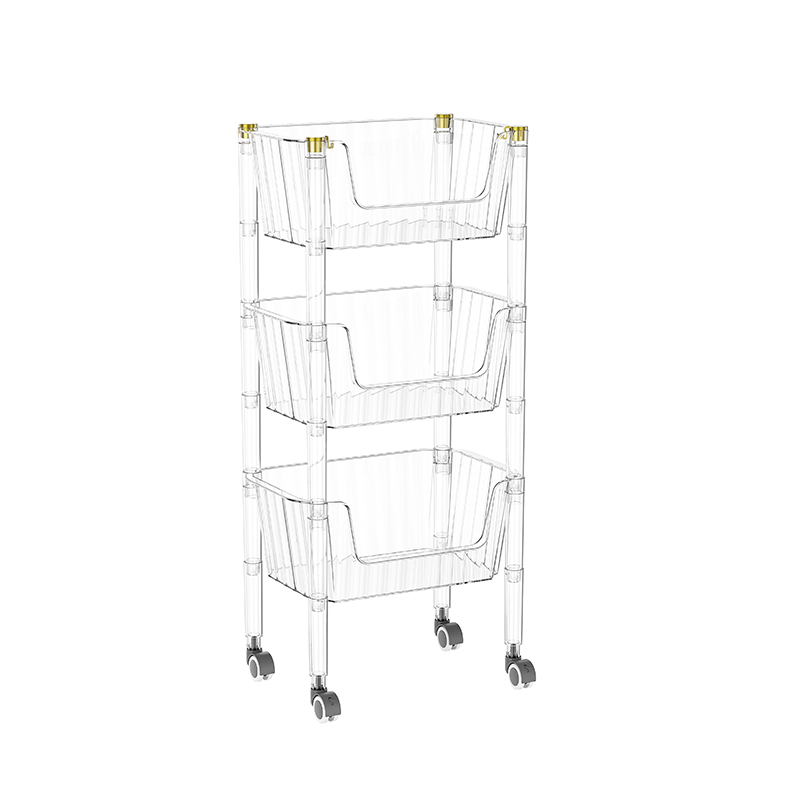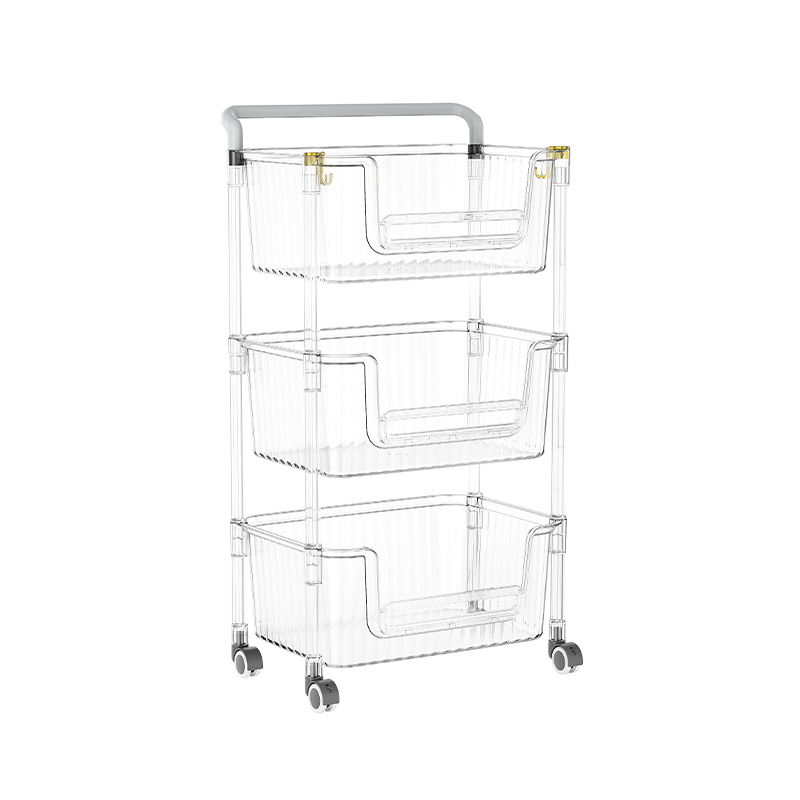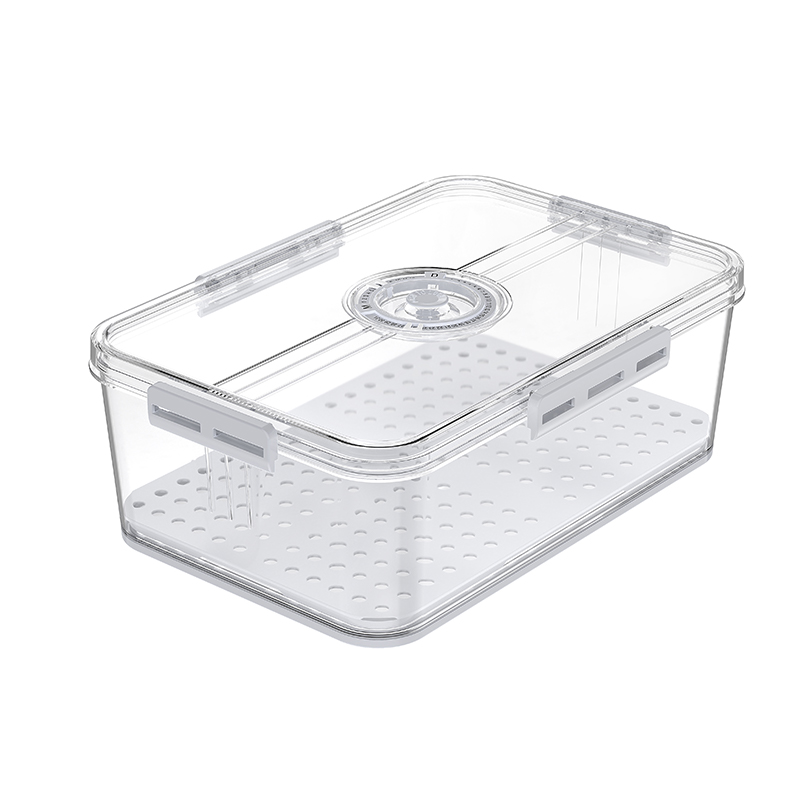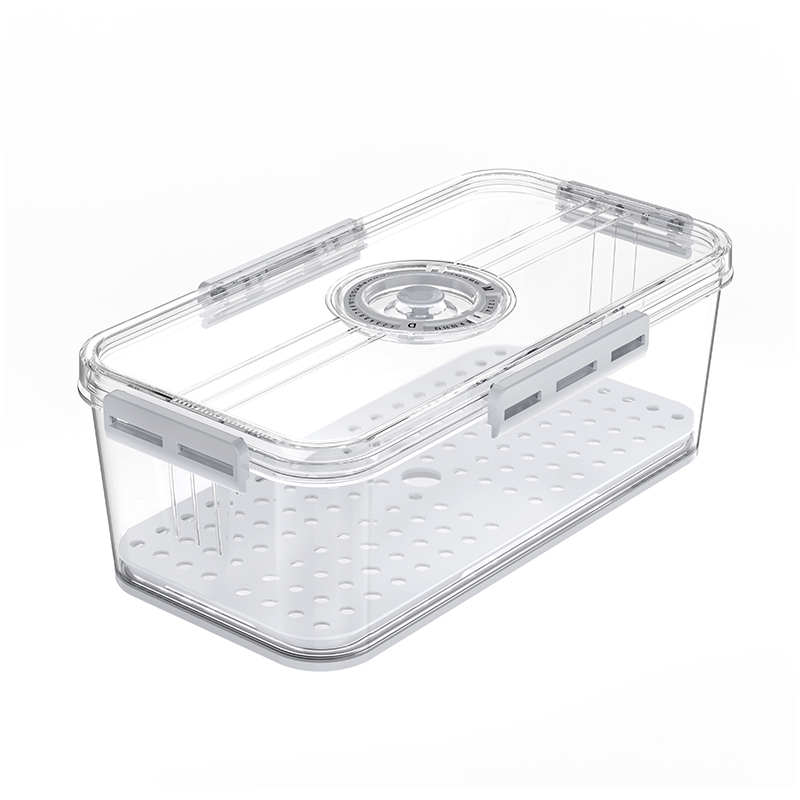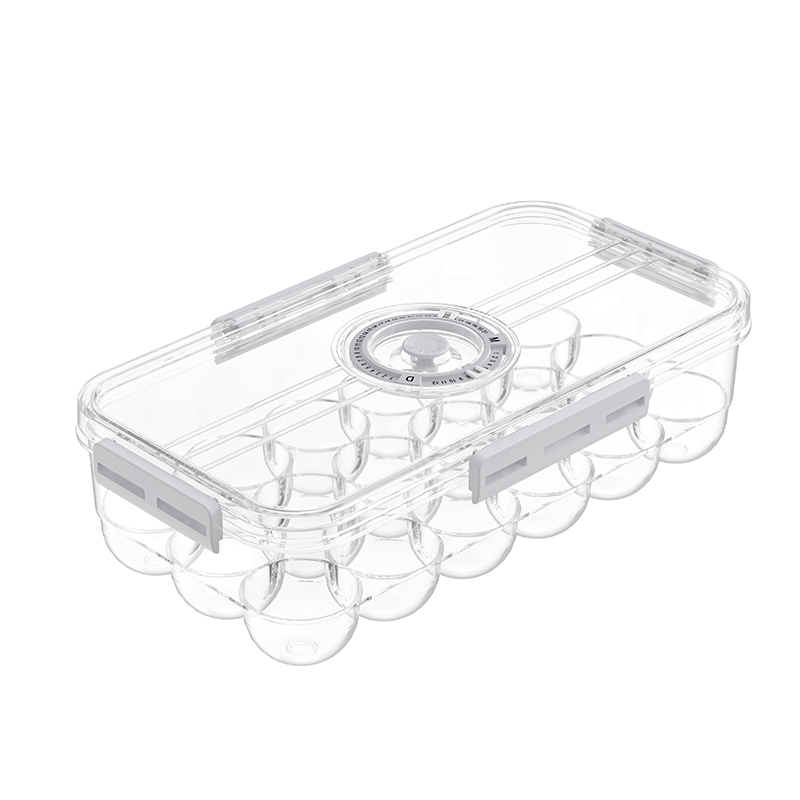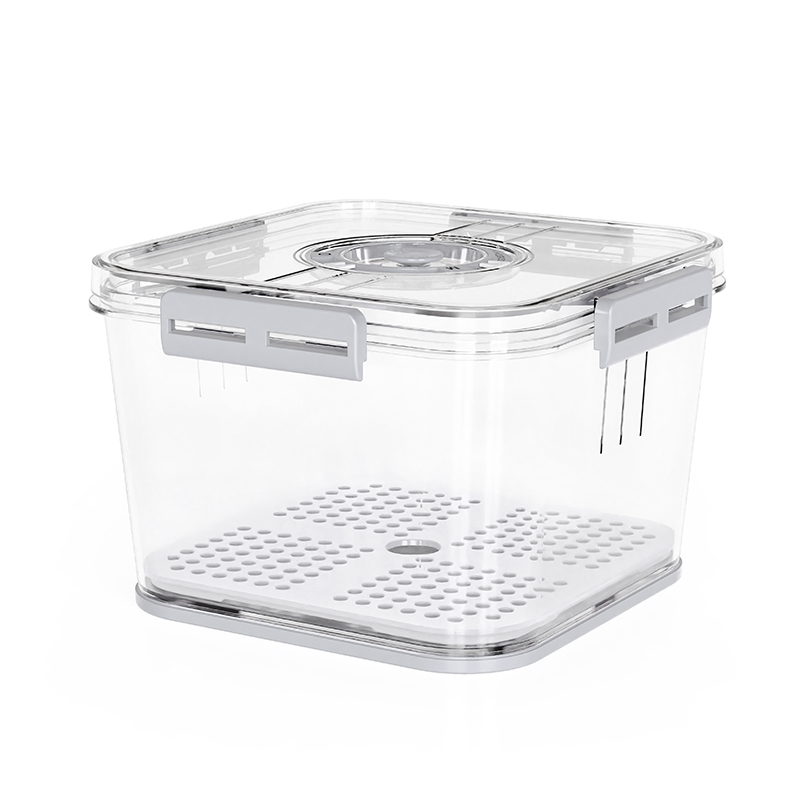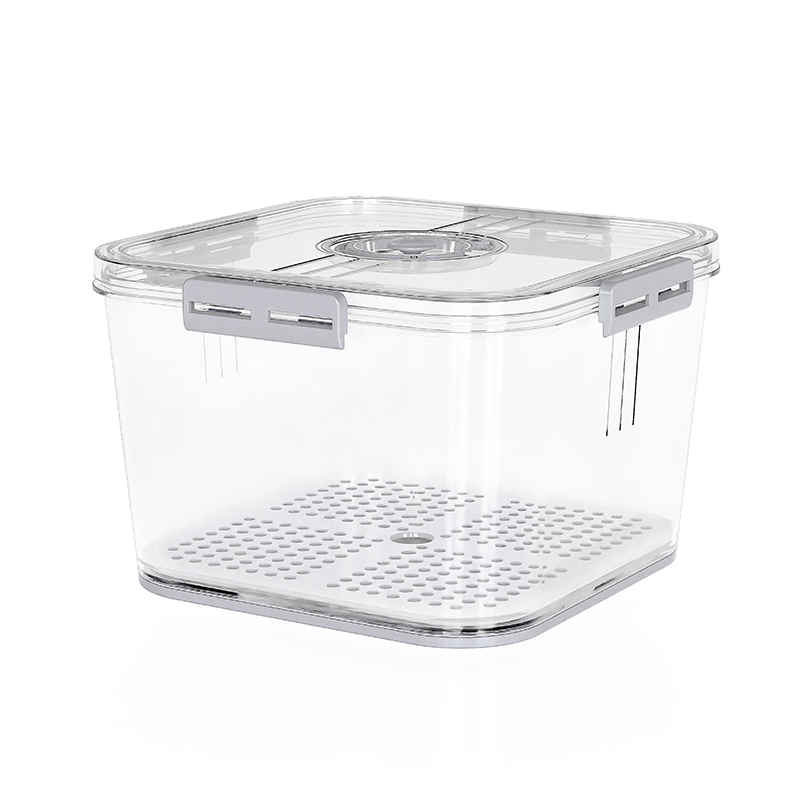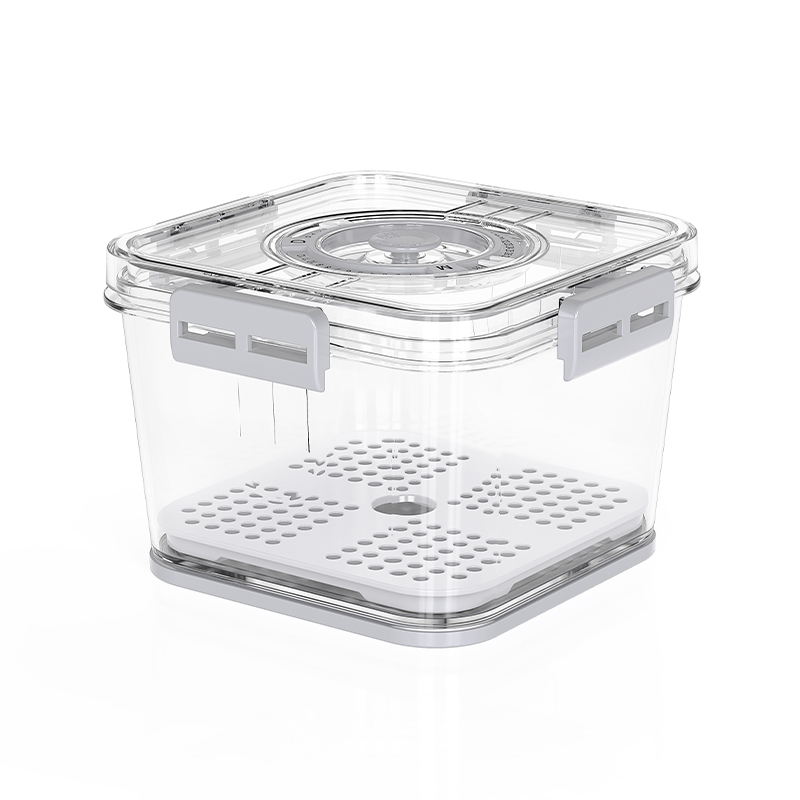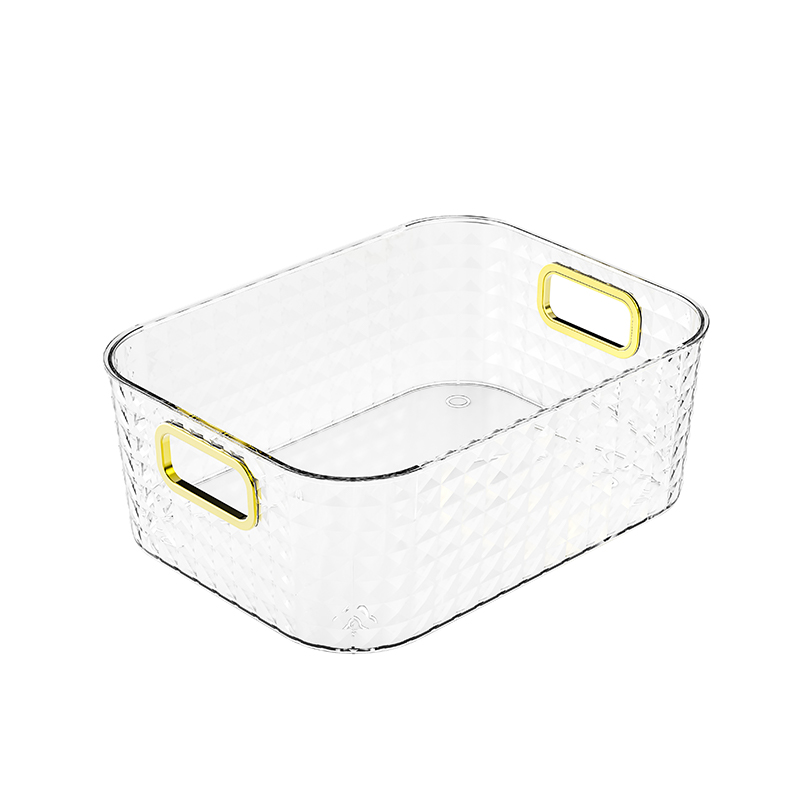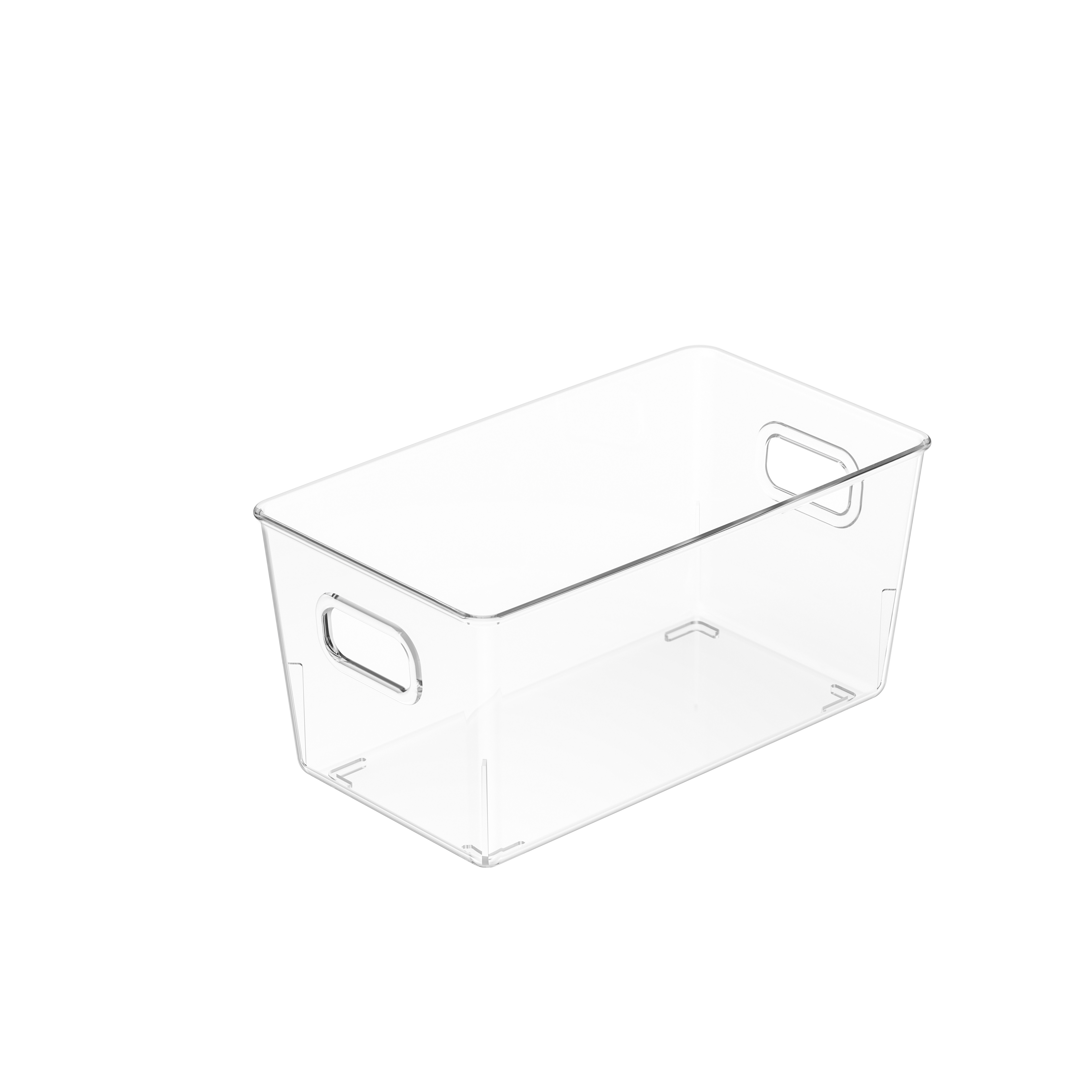Introduction
Plastic storage products are widely used both in homes and in industrial settings. While both serve the basic function of storing items, they differ significantly in terms of design, materials, capacity, durability, and intended usage. Understanding these differences is essential for selecting the right type of storage solution for a specific environment. Home storage products focus on convenience, aesthetics, and moderate durability, whereas industrial storage solutions prioritize strength, efficiency, and long-term usability under demanding conditions.
Design and Aesthetics
Home plastic storage products are often designed with aesthetics in mind, as they are visible in living spaces. These products may feature colors, patterns, and finishes that complement interior décor. They are generally lightweight, easy to move, and come in various shapes and sizes to fit different household areas. Industrial storage solutions, in contrast, are primarily designed for functionality and efficiency. They typically feature uniform colors, such as blue, black, or gray, to maintain a professional appearance. Industrial products focus on stackability, modularity, and space optimization, rather than decorative appeal. The design of industrial storage emphasizes practicality over style.
Material Composition
The materials used in home and industrial storage products differ in terms of strength and chemical composition. Home storage containers are often made from polypropylene or polyethylene, which provide moderate strength and flexibility suitable for daily household use. These materials are safe for storing food and household items and are generally resistant to minor impacts. Industrial storage containers, however, are made from more robust plastics, sometimes reinforced with additives or composites to enhance impact resistance, load-bearing capacity, and chemical stability. Industrial plastics are designed to endure rough handling, heavy loads, and exposure to varying environmental conditions.
Capacity and Size
Capacity and size requirements vary significantly between home and industrial storage. Home storage containers are designed for smaller-scale storage, often ranging from a few liters to tens of liters. They are intended to hold personal belongings, clothing, toys, or kitchen supplies. Industrial storage solutions, by contrast, are designed to handle much larger volumes, sometimes exceeding hundreds of liters. These containers accommodate bulk materials, raw products, tools, and equipment. The size and capacity of industrial storage products are carefully standardized to integrate with shelving systems, forklifts, and transport vehicles.
Durability and Load Capacity
Durability is a major differentiator between home and industrial storage products. Home storage containers are built to handle light to moderate loads and regular household handling. They are less resistant to impact, heavy stacking, or harsh environmental conditions. Industrial storage products are engineered to withstand high loads, frequent handling, and harsh conditions such as temperature fluctuations, UV exposure, or chemical contact. Load capacity is a key specification for industrial containers, and products are often tested to ensure they maintain structural integrity even under heavy use. These differences in durability are critical for ensuring safety and efficiency in industrial environments.
Functionality and Features
Home storage products often include features designed for ease of use and convenience, such as snap-on lids, handles, compartments, and transparent sides to allow easy identification of contents. Industrial storage solutions emphasize operational efficiency, with features like stackable design, compatibility with shelving systems, forklift handling, reinforced corners, and secure locking mechanisms. Industrial containers may also include color-coding for inventory management, integrated drainage for liquid storage, and modular designs for efficient space utilization. The functional differences reflect the distinct priorities of home versus industrial storage environments.
Cost and Longevity
Cost and expected lifespan are also influenced by intended use. Home storage products are generally more affordable, reflecting lighter materials and moderate durability. While they may last for several years under normal household use, they are not intended for heavy-duty applications. Industrial storage solutions involve higher costs due to reinforced materials, larger sizes, and additional design features that enhance durability and functionality. These products are expected to remain in service for a longer period, even under frequent or demanding use, providing long-term value in industrial operations.
Comparative Table of Home vs Industrial Plastic Storage
| Aspect | Home Plastic Storage | Industrial Plastic Storage |
|---|---|---|
| Design | Focus on aesthetics, lightweight, various shapes and colors | Focus on functionality, stackable, standardized sizes, minimal decorative elements |
| Material | Polypropylene or polyethylene, moderate strength | Reinforced plastics, additives for impact resistance and durability |
| Capacity | Small to medium (few liters to tens of liters) | Large-scale (up to hundreds of liters) |
| Durability | Moderate, suitable for household handling | High, designed for heavy loads and harsh conditions |
| Features | Snap lids, handles, compartments, transparency for contents | Stackable, forklift-compatible, reinforced corners, modular, color-coded |
| Cost | Lower, suitable for household budgets | Higher, reflects material strength and durability requirements |
| Longevity | Several years under normal household use | Extended use under industrial conditions |

